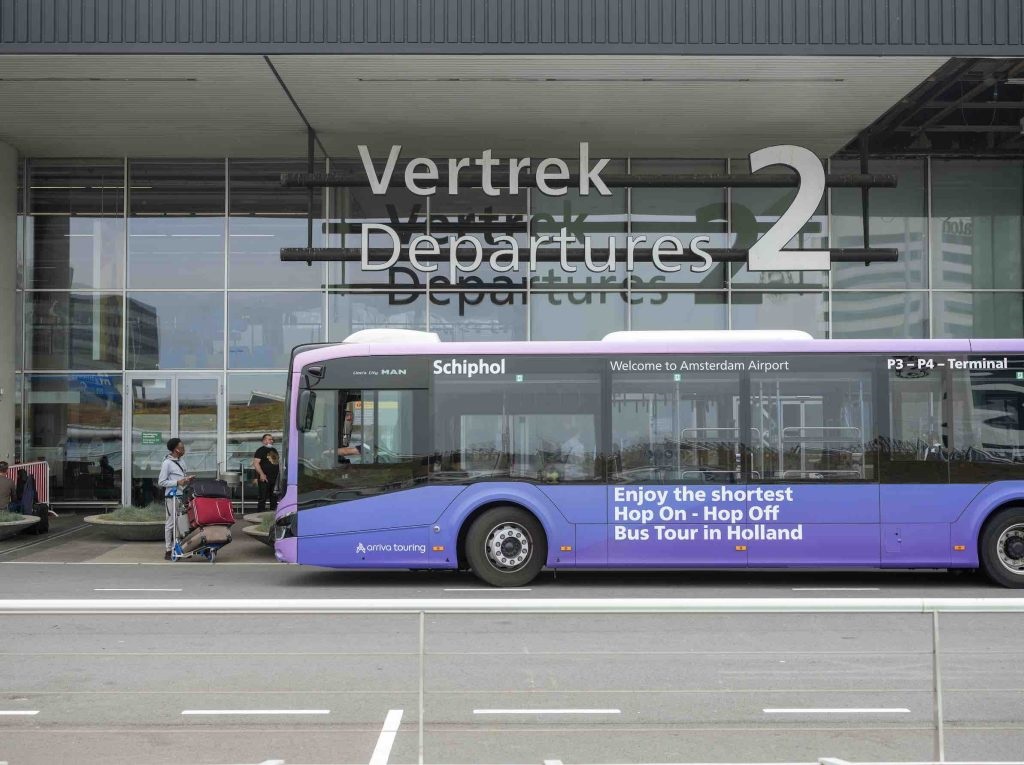Spain hopes to be able to travel between Zaragoza and Berlin in less than three hours. At least that’s the goal of the European Hyperloop Center (EHC), which intends to link the Spanish city to the German capital and Amsterdam. There should be ten initial stations in total. Along with Zaragoza, other confirmed nodes include Rotterdam, Amsterdam, Berlin and Munich.
Zaragoza has been chosen as one of the nodes of the new system, which could revolutionize mobility in Europe thanks to capsules capable of reaching speeds of between 700 and 1,000 km/h in pressurized tubes. The distance between Zaragoza and Berlin exceeds two thousand kilometers, and by car it can take about 22 hours. The new high-speed transport, announced in 2012 by Elon Musk, could be deployed in Europe, according to the Spanish newspaper El Español, in the next ten years. This could be a revolution in the transport sector.
It will be possible to cover a distance of 300 kilometers in only 30 minutes.
Jorge Azcón, Mayor of Zaragoza
The idea that Elon Musk presented in 2012 has not fully taken off, however. One of the reasons is the limited progress made in the last decade due to the difficulty and high cost of its implementation. Virgin Hyperloop’s initiative is the most advanced. Meanwhile, Richard Branson’s company announced ambitious plans for 2030, but last February redirected the project towards freight transport due to regulatory and safety issues.

Despite the setbacks and the voices of experts who predict the impossibility of carrying it out, the plans of the European Hyperloop Center detailed during the European Mobility Week are to develop a network that will allow the transport of passengers and goods by tripling the current speed of the fastest trains and drastically reducing CO2 emissions.
It will then be possible to “reach, in just 30 minutes, a distance of 300 kilometers”, explained Jorge Azcón, mayor of the city of Zaragoza. “This means increased safety, by reducing car transportation, reduced energy consumption, an end to greenhouse emissions, and the elimination of noise and vibration.”
This technology, envisioned by Elon Musk, took its first steps in Europe in 2018, specifically in Toulouse, France. The difference between these new means of transport and traditional trains is mainly in the passenger transport system. They are not traditional carriages, but rather tubes, four meters in diameter, whose system will be adapted for passengers and goods.

Inside the tubes, capsules are propelled by engines powered by sustainably-sourced energy. As there is no friction with the walls of the tube, the speeds that can be reached are three times those of high-speed trains. Inside, high speeds are achieved thanks to the reduction of atmospheric pressure by eliminating most of the air with vacuum pumps. They are installed every few kilometers along the track.
According to El Español, the European Hyperloop uses magnets with a permanent magnetic field to levitate the capsules by 15 mm without consuming energy. The force of those electromagnets is used to stabilize the vehicle so that it does not rub against the tube walls. The suspension system uses virtually no energy, and can lift the weight of a car with the same cost as that of a light bulb. The propulsion system, which spans the entire track, pushes the vehicle forward using a linear electric motor, based on the same technology as those in electric cars. Together with the electromagnetic suspension, the mechanism allows the vehicles to propel forward at high speeds, as if traveling on a magnetic wave.
Stan de Caluwe, director of the Hardt Hyperloop company, assured that a large part of continental air traffic could be replaced, both passenger and freight, with another sustainable model, reports El Español. The company’s motto is “A world where distances don’t matter”. No defined timetable for this public-private collaboration between Hardt and the Dutch government is available at the moment, but both Azcón and de Caluwe spoke of 10 to 15 years to see the project become a reality.













